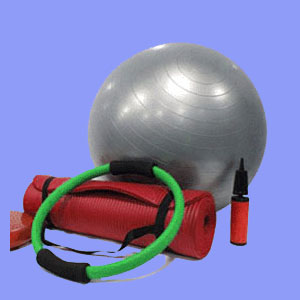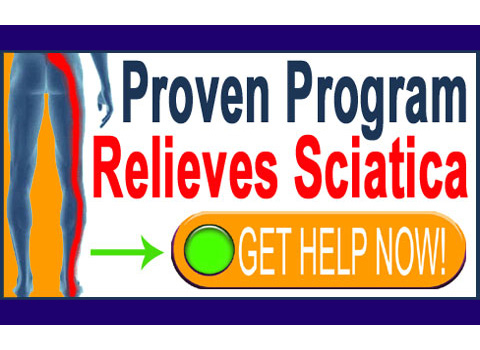
Pilates for sciatica is a form of exercise therapy specifically designed to strengthen the core and postural muscles in the torso and back. Pilates was originally developed as a rehabilitation program for wounded soldiers, so its medical affiliation traces back to the beginning of the system. Pilates is known as a very rigorous and physically demanding system of training the body and may be difficult for many patients with chronic pain to successfully use.
This dialog explores the applications of Pilates in treating sciatica. We will profile how the system works and the potential benefits patients might expect to receive from its usage.
Pilates for Sciatica Therapy
Pilates is a difficult form of calisthenics. The program does not use weights, but does incorporate unusual spring tension apparatus for many exercises. Pilates promotes core body strength and might be a good addition to a therapy program for any patient with chronic muscular pain and weakness. However, Pilates can be very difficult for some back pain and sciatica patients to perform, making it a less attractive choice, when compared to other gentler forms of activity, such as swimming or tai chi.
When used in physical therapy, as opposed to in fitness class applications, Pilates truly shines for sciatica patients who have shown a history of benefiting from regular exercise treatment.
Sciatica Pilates Indications
Pilates will not cure any spinal abnormality and will also not do anything resolve the underlying emotional causations responsible for chronic mindbody ischemic sciatica. It will however, provide temporary symptomatic relief from some forms of muscle pain, by increasing circulation to the affected areas of the body. This makes it a good option for treating piriformis syndrome.
Generally, Pilates is rigorous and strenuous, making it difficult for many people to perform, even without the burden of back pain. However, most of these sciatica exercises can be modified to make them more applicable to a less athletic participant.
To learn more about Pilates, contact a qualified fitness trainer or physical therapist who uses the techniques as part of their rehabilitation repertoire.
Pilates for Sciatica Experiences
I have used many Pilates techniques throughout my martial arts career for building muscular strength in the abdominals and back muscles. The exercises are simple in theory, yet extremely physically taxing to perform. I particularly like using applied isometric training in combination with Pilates work.
This being said, I do not generally advise Pilates, or any exercise therapy, as a potential cure for sciatica. The best a patient can hope to achieve is minor temporary relief in most instances.
I feel it is best to pursue a real and permanent solution rather than devoting time to a quick, but temporary, fix. Of course, if you are looking for natural symptomatic relief to avoid taking pain management drugs while looking for a real cure, then by all means, Pilates might be a great option to consider.
Just be warned, for spinally-motivated pain syndromes, the anatomical stress imposed by Pilates may be too much to bear. Always speak to your doctor before even considering taking any instruction, to be sure you will not be doing real damage to your anatomy.





